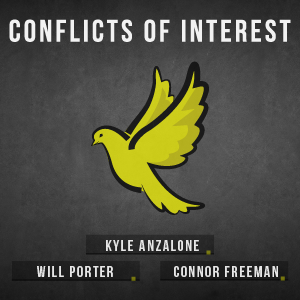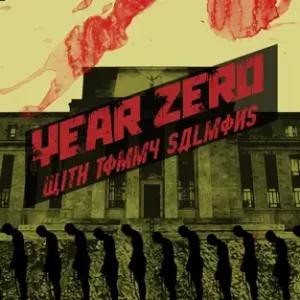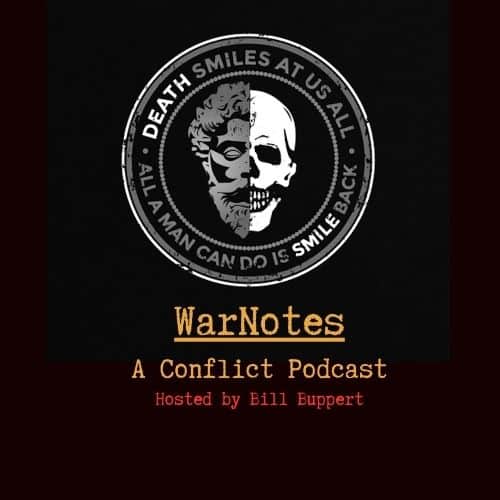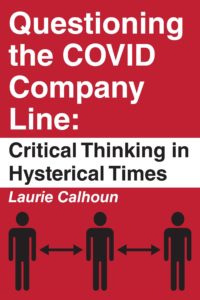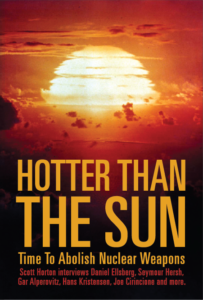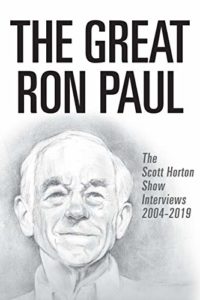Despite dramatic headlines about President Donald Trump’s clashes with Israeli Prime Minister Benjamin Netanyahu, the reality is that U.S.-Israel relations remain as robust as ever.
To understand why these headlines don’t reflect a true break, one need only consider the substance behind the rhetoric.
In a May appearance on “The Jimmy Dore Show,” Catherine Austin Fitts, the former Assistant Secretary of Housing and Urban Development during George H.W. Bush’s administration, addressed reports that Trump had cut ties with Netanyahu and that a broader U.S.-Israel split was looming.
Fitts correctly noted that such allegations were baseless and that rumors of Trump and Netanyahu being at loggerheads with each other were “theater.” She stressed that “Netanyahu can only do what he is doing, because we’re [the United States] funding it.” Ultimately, the flow of resources, not public statements and media speculation, is what shapes the true nature of the United States-Israel relationship.
So far into the Trump presidency, the facts are on Fitts’ side.
In Trump’s second term, his administration has repeatedly bypassed Congress to deliver billions in military aid and advanced weaponry to Israel, even as the world condemns Israel’s ongoing genocide in Gaza.
As reporting of Trump’s allegedly fraying relations with Netanyahu surfaced, Trump went on a tour of Saudi Arabia, Qatar, and the United Arab Emirates. Trump’s tour conspicuously excluded Israel, prompting speculation about possible tensions between the United States and the Jewish state. On this Gulf Arab tour, the United States offered security guarantees and privileged access to advanced technology in exchange for massive Gulf investments.
Ostensibly focused on economic deals and investments—totaling trillions of dollars—the trip was a diplomatic blitz to bind Gulf monarchies closer to Washington and to each other, with Israel as a silent but central partner.
While Trump postured as a tough negotiator with Netanyahu, the flow of American arms to Israel has only accelerated. In just the first six weeks of his second term, Trump’s administration doled out nearly $12 billion in military aid to Israel, including over 35,000 2,000-pound bombs—munitions widely used in the devastation of Gaza. These sales were rushed through by invoking emergency authorities, sidestepping even a friendly, pro-Israel Congress.
Furthermore, Trump reversed Joe Biden’s pause on heavy munitions and revoked requirements that U.S. weapons not be used in violation of international law, removing even symbolic checks on Israeli conduct. The administration also delivered over 20,000 assault rifles to Israel, a sale previously blocked by Biden over concerns about settler violence in the West Bank.
Trump’s envoy, Steve Witkoff—a real estate developer with no formal diplomatic experience—has led U.S. efforts to broker a ceasefire in Gaza. But these negotiations have been marked by heavy-handed American demands and a refusal to accommodate Palestinian concerns. Hamas’ responses to U.S. proposals have been dismissed as “totally unacceptable,” with Witkoff and the Trump team insisting on terms that would allow Israel to resume military operations at will and provide only limited, conditional relief for Palestinians.
Despite the appearance of pressuring Netanyahu, the United States under Trump has continued to provide military and diplomatic cover for Israel’s actions in Gaza, including the use of U.S.-supplied munitions in densely populated civilian areas.
To make matters worse, tensions in the Middle East have come to a head in June, with Israel and Iran finding themselves mired in a dangerous aerial war. According to an Axios report, the United States reportedly gave Israel a quiet green light to carry out its initial June 13 attack on Iran.
Code-named “Operation Rising Lion,” the mission hit nuclear facilities, missile infrastructure, and senior figures within Iran’s military and scientific community—including top Revolutionary Guard commanders. Iran retaliated with missile attacks on Israeli cities and military installations. Things escalated even further on June 22 when the United States officially entered the conflict by carrying out air strikes on the Iranian nuclear facilities of Fordow, Natanz, and Isfahan. It remains to be seen if tensions will dissipate following the Trump-orchestrated ceasefire.
Nevertheless, Trump’s second-term Middle East policy is less a break with the past than a refinement of long-standing neoconservative grand strategy to maintain American primacy in the Middle East. The apparent “tensions” with Netanyahu are carefully managed performances, designed to placate Arab publics and leadership across the West while maintaining the flow of arms and support to Israel in both its ethnic cleansing of the Palestinian people and expansionist endeavors in the Middle East.
Until the United States takes irreversible steps—cutting military aid, ending intelligence sharing, or breaking diplomatic ties—the theater will continue, and the underlying Israeli-American alliance will remain as strong as ever.

